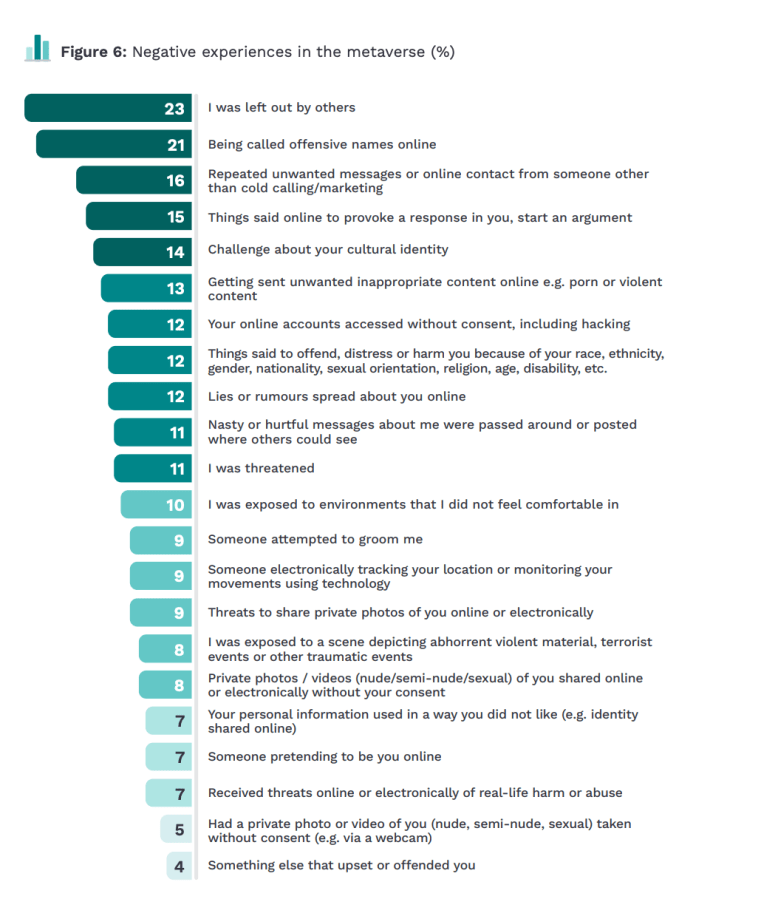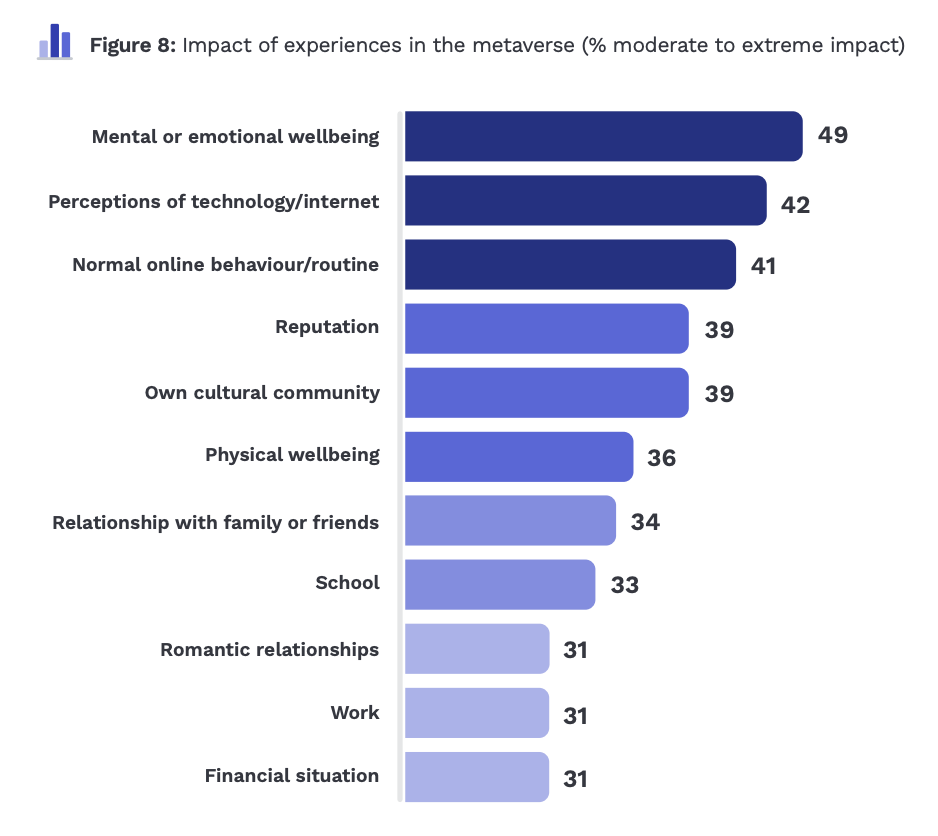In early January, a sixteen-year-old British girl was allegedly ‘gang raped’ in the metaverse. Now, British police are investigating the case – the first of its kind in the country.
The girl’s avatar was reportedly playing a video game in an unspecified metaverse environment when her avatar was attacked by several other adult users.
She was not harmed physically as the assault took place online. But British police say she suffered the same “psychological and emotional trauma” as someone who had been raped in real life.
Metaverse violence: an Aussie’s perspective
Jack Kennedy (23), an esports commentator from Brisbane and VR gamer himself, shares with The Chainsaw that with virtual worlds like VRChat, content moderation is lacklustre.
“With VR platforms like VRChat, it’s less video gaming and more a communal space where you can chat with anyone from anywhere around the world. It’s a proximity based system,” he says.
It is precisely this close proximity, that VR users are subject to, that makes harassment all the more confronting. Jack tells us that while he and his friends have not had any unpleasant experiences themselves, unwanted harassment “definitely” happens.
“Everything is in first person. You are moving your eyes, legs, body… so things are unfolding right before your eyes. Thus, with VR, although a negative experience isn’t physically happening, it’s still in your face,” he adds.
“It’s a lot more visceral.”
What could one do when they get harassed or abused by a complete stranger? Unfortunately, not much – social VR platforms do have measures in place, like blocking or muting, to protect the user, but the onus to keep oneself safe in a VR environment is placed on users themselves, instead of the tech companies that develop and distribute the games.
Metaverse: Sexual violence is on the rise
Sexual violence, abuse, or harrasment over the internet is not new. It comes in various disturbing forms, from revenge porn to online stalking. As VR gaming and virtual experiences continue to rise in popularity, so might sexual violence in metaverse spaces.
As early as 2016, a woman shared how her avatar was being chased around and groped while playing a VR game. In 2022, a woman alleged she was molested and abused on Meta’s Horizon Worlds just 60 seconds after entering the virtual platform.
Experts even found users who experience a negative scenario in the metaverse – in this case, sexual violence or harassment – reported “intensified negative emotions”. They also saw prolonged “rumination” over those experiences.
Metaverse harassment: How’s Australia doing?
Australia’s eSafety Commissioner, the country’s top government watchdog dedicated to keeping Aussies safe online, revealed in a December 2023 report that as many as 71 percent of Aussie adults who interact in the metaverse have had negative experiences.
Among the most common experiences were: being isolated by others (23 percent), being called offensive names (21 percent), receiving repeated unwanted messages or online contact (16 percent), and being exposed to inappropriate and unwanted content (13 percent).
In addition, some reported being touched in a way they didn’t like via haptic technology (9 percent), while 5 percent said they had private photos or videos of themselves (e.g. nude, semi-nude, or sexual) taken without their consent.

49 percent further reported suffering from “detrimental effects” as a result of those unwanted interactions.

“The combination of haptics, virtual reality headsets, invasive technologies and networked ‘teledildonics’ potentially means we’re on the precipice of witnessing a new wave of exploitation and sexual violence,” eSafety Commissioner Chief Julie Inman-Grant tells The Chainsaw.
“These technologies combined could be a powerful, insidious vector for tech-based gendered violence, with the potential to cause profound harm and trauma to victim-survivors; a sobering, distressing future that should give the entire industry pause,” she explains.
Whose responsibility?
Lawmakers, too, recognise there is a need to address the issue on a policy level. But here is where things become complex. For example, if a player from Australia gets virtually harassed by a player from the US, how is law enforcement even going to track down the offender? In which jurisdiction should the offender be charged, if they ever get caught?
However, regulation can only take us so far. The eSafety Commissioner notes that tech companies like Meta should be building upon Safety by Design principles to ensure that VR products and services “align with the best interests of users”.
Broader cybercrime in Australia
Sydney lawyer Simone Herbert-Lowe, who specialises in cases involving cybercrime, tells The Chainsaw that while cooperation between Australia and other jurisdictions to combat crimes on the internet sounds like an ideal solution, whether or not it is feasible remains a tricky area.
“The reality is these cases are enormously sophisticated, and people of all ages get groomed to fall for these things… There’s a huge gap between how fast technology is advancing, and how old institutions like law enforcement are adapting to these changes,” Herbert-Lowe tells The Chainsaw.
“Once you start introducing systems that involve full immersion, there is [bound to be] some level of repercussion,” Kennedy notes.
“There definitely needs to be some degree of updating to existing laws and policies. Over the years, technology has gone past the ‘conventional’ digital world that we know of. If law enforcement doesn’t keep up, it’ll end up becoming some sort of a Wild West,” he adds.





